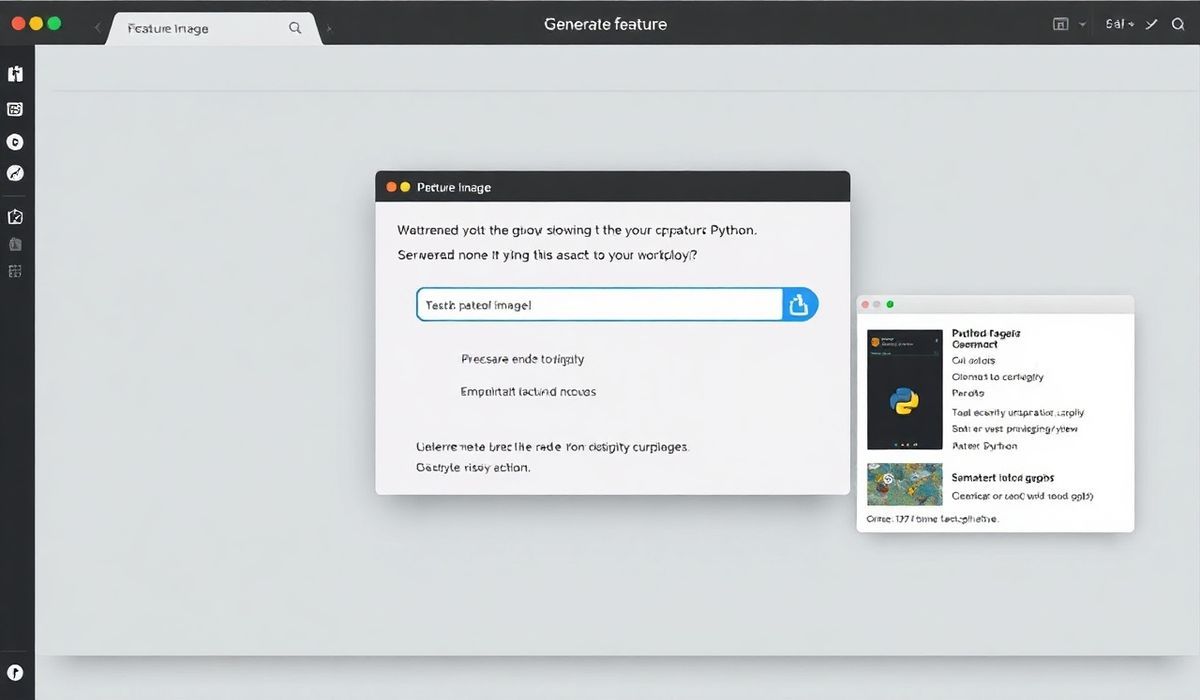Master Key Management with Keytar: Simple and Secure API Integration
In today’s digital world, managing sensitive credentials securely is a critical task for developers. Keytar is a famous Node.js module designed to simplify and strengthen credential management using native password management services across various OS platforms, such as macOS, Windows, and Linux. This article delves into how to make the most of Keytar, covering a wide range of API functionalities with code snippets to illustrate their practical use.
Installing Keytar
Begin by installing Keytar through npm:
npm install keytarKeytar API Overview and Examples
1. Storing Passwords
The setPassword function allows you to store a password securely:
const keytar = require('keytar');
async function storePassword(service, account, password) {
await keytar.setPassword(service, account, password);
console.log('Password stored successfully.');
}
storePassword('example-service', 'user@example.com', 'supersecretpassword');
2. Retrieving Passwords
Use the getPassword function to retrieve stored passwords:
async function getPassword(service, account) {
const password = await keytar.getPassword(service, account);
console.log('Retrieved password:', password);
}
getPassword('example-service', 'user@example.com');
3. Deleting Passwords
The deletePassword function is used to delete stored credentials:
async function deleteStoredPassword(service, account) {
const success = await keytar.deletePassword(service, account);
console.log('Password deletion success:', success);
}
deleteStoredPassword('example-service', 'user@example.com');
4. Finding Credentials
Use the findCredentials function to list stored credentials for a service:
async function listStoredCredentials(service) {
const credentials = await keytar.findCredentials(service);
credentials.forEach(credential => {
console.log(`Account: ${credential.account} | Password: ${credential.password}`);
});
}
listStoredCredentials('example-service');
5. Finding Passwords
The findPassword function retrieves a password for a given service:
async function findServicePassword(service) {
const password = await keytar.findPassword(service);
console.log('Service password found:', password);
}
findServicePassword('example-service');
Building an Example Application
Let’s build a simple Node.js application that uses Keytar to manage user credentials:
const express = require('express');
const keytar = require('keytar');
const app = express();
app.use(express.json());
app.post('/store', async (req, res) => {
const { service, account, password } = req.body;
await keytar.setPassword(service, account, password);
res.send('Password stored successfully.');
});
app.get('/retrieve', async (req, res) => {
const { service, account } = req.query;
const password = await keytar.getPassword(service, account);
res.send(`Retrieved password: ${password}`);
});
app.delete('/delete', async (req, res) => {
const { service, account } = req.body;
const success = await keytar.deletePassword(service, account);
res.send(`Password deletion ${success ? 'successful' : 'failed'}.`);
});
app.get('/list-credentials', async (req, res) => {
const { service } = req.query;
const credentials = await keytar.findCredentials(service);
res.json(credentials);
});
const PORT = process.env.PORT || 3000;
app.listen(PORT, () => {
console.log(`Server is running on port ${PORT}`);
});
In this sample application, we use Express to build a simple API that allows users to store, retrieve, delete, and list credentials using Keytar’s functions. Feel free to expand and secure this application based on your requirements.
By leveraging Keytar’s simple and secure API, you can streamline your application’s credential management solutions, ensuring sensitive data remains protected across different platforms.
Hash: ca7f357f842c49aeae75282d1117181496704e4b2009d69b1a6faf4f6078acca




